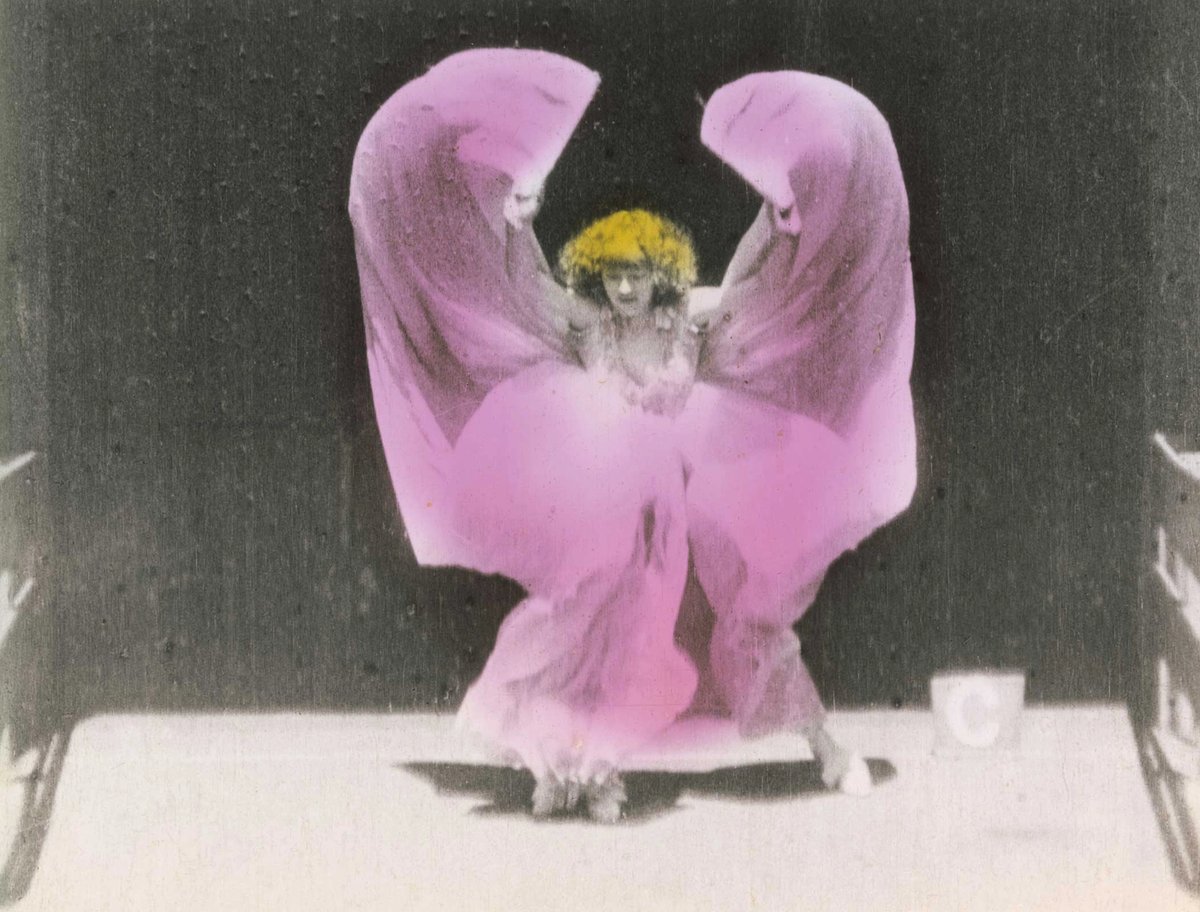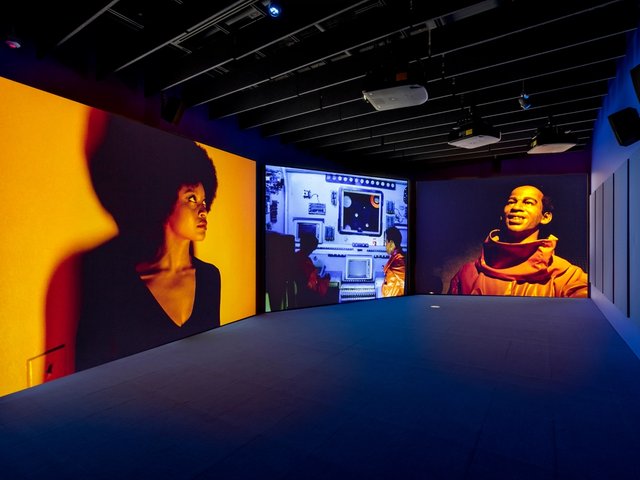Los Angeles is synonymous with American films—movie stars, Hollywood and many, many award ceremonies. From the beginning, cinema has been an art form enabled by evolving technology and abetted by timely storytelling. Its worldview has influenced our worldview—and colours how we see others, as well as how we see ourselves. Several PST Art exhibitions will tell the medium’s history while also looking into the future.
The Academy Museum, the largest museum dedicated to the arts and sciences of motion pictures in the United States, will present two quite different exhibitions. Color in Motion: Chromatic Explorations of Cinema (6 October-13 July 2025) deals with evolving technology and its implications, while CyberPunk: Envisioning Possible Futures (6 October-12 April 2025) will offer sci-fi stories that provide a counternarrative to dominant ones.
Color in Motion is the larger exhibition and “looks at the phenomenon of colour from different angles”, says Jessica Niebel, senior exhibitions curator. Using film clips, archival material, equipment, costumes and props, it will show the technical advances that made colour films possible, as well as how film-makers use colour to tell a story and how colour influences the audience.
The exhibition will open with Annabelle Serpentine Dance from 1895, a short in which hand-tinted colours shift on the drapery of a dancing woman. In the early days, Niebel says, “the labour force that created colour was almost 100% women. And this has been a tradition from the very beginning. If you look at who created the colours for George Méliès’s films, that was a studio run by Élisabeth Thuillier and her daughter Berthe, and they hired only women. That sort of tradition continued to Disney’s ink and paint department.”
The other Academy exhibition, CyberPunk, is an exploration of a genre, says Doris Berger, vice-president of curatorial affairs, that “relates to all of us as human beings, seeing a future even though it is sometimes not very rosy”.
So how does “punk” come into this? “The punk aspect is maybe the rebellion aspect in it,” Berger says. “In almost all the films you have a revolutionary character who would challenge capitalism or a higher power. It could be colonialism, which is more of a topic that relates to Indigenous Futurist films.”
Alex Rivera, the director of Sleep Dealer (2008), a feature about the exploitation of migrant workers, has been commissioned to write the script for an immersive montage. The films to flicker across the viewer’s eye will include Blade Runner (1982), Tron (1982) and the Afrofuturist film Welcome II the Terrordome (1995). Some of the movies will also be shown in full in the museum’s theatres.
Another film series that deals with alternative sci-fi narratives has been planned by the UCLA Film & Television Archive, in partnership with the UCLA Cinema & Media Studies programme. A curatorial team led by Chon Noriega and Maya Montañez Smukler reviewed nearly 400 films to make the selections for Science Fiction Against the Margins (October-December 2024). Over a 12-week period they will show a dozen features and a dozen shorts including Sleep Dealer, Afronauts (2014) and the work of the Palestinian video artist Larissa Sansour. Some selections may be surprising, such as another Méliès classic, A Trip to the Moon (1902). It’s part of the series, Noriega says, because “most people don’t realise it’s actually anti-colonial. It’s really critiquing France’s colonisation of Africa”.
PST Art: Art & Science Collide opens in September 2024. Read all our preview coverage here







